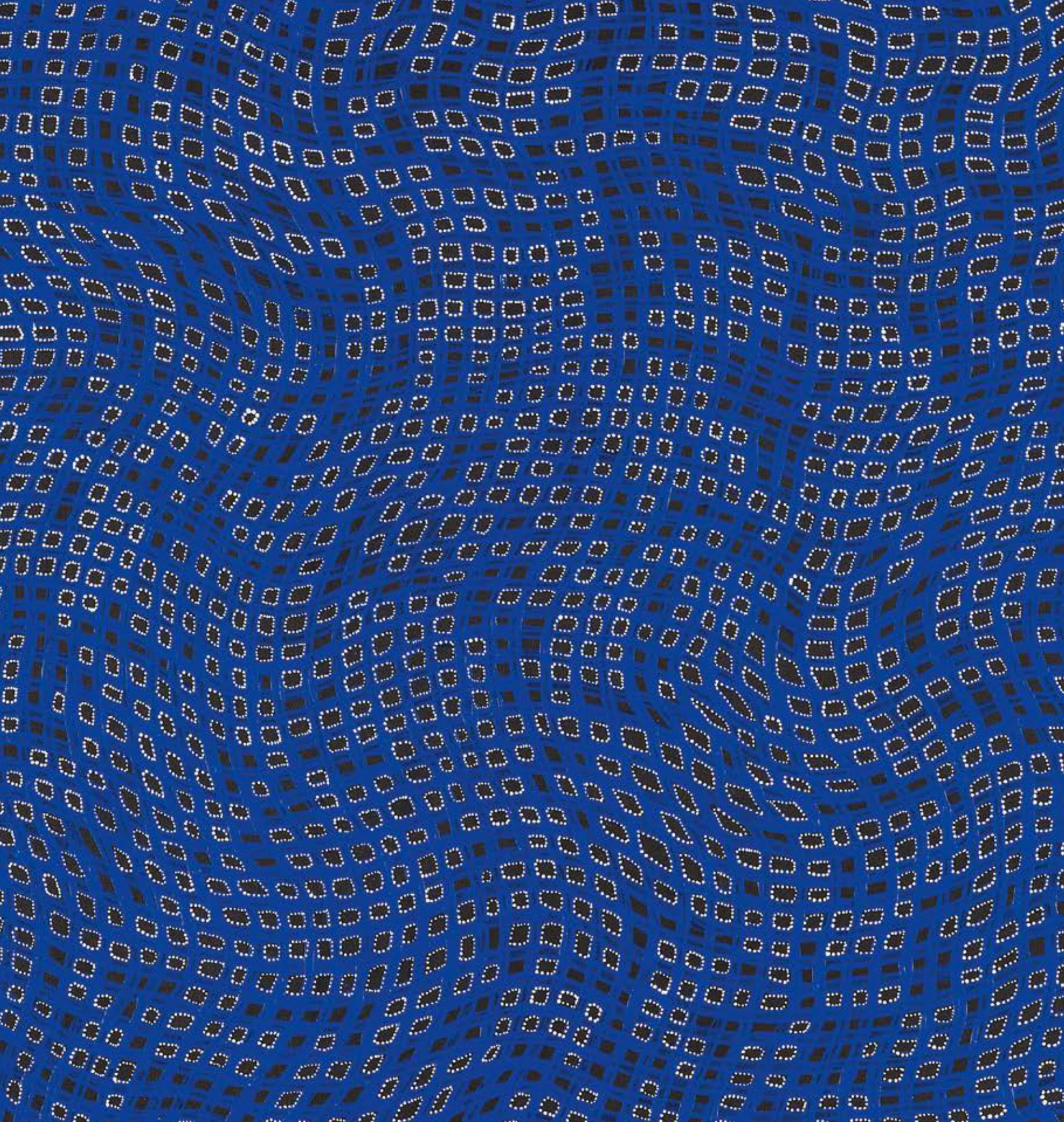3 questions for Stephane Jacob

What’s the dynamic of the Aboriginal art market in 2018?
2018 is proving to be an excellent year for Aboriginal art, which is continuing its territorial conquest! This interest is found not only on an institutional level, but also among private collections, fairs and auctions.
January was punctuated by the end of a remarkable eight-month exhibition, “The Boomerang Effect”, organised by the dynamic Musée d’Ethnographie de Genève (MEG), as well as an exhibition that I coproduced with the MEG and the University of Geneva on the art of “ghost nets”. To mention just a few institutions, the Museums of New Delhi, of Berlin and also, the Ubersee Museum in Bremen at the moment, have hosted prominent focuses on the art of Aboriginals and Torres Strait Islanders. We can also mention the Musée de Vichy, which is offering the public wider access to such works through its regular Aboriginal-art acquisitions.
Foundations and private collections are also doing an incredible job – like La Grange near Neuchâtel with its “Islands in the Sea” exhibition (until 28 October) or the recent exhibition of the Berengère Primat Collection and this passionate philanthropist’s creation of the brand-new Fondation Opale with the aim of “promoting dialogue between Aboriginal and contemporary art as a reference place for exhibitions, encounters and research”. Finally, we can also mention the Peter Wilmot Thompson Stiftung foundation at the Sculpture Park Wesenberg (Germany), now presenting a rich program based on Australian art every year.
What can we as Europeans, and more widely as Westerners, understand by the “Dreamtime”?
There are many ways to approach this unique concept that explains, through extraordinary narratives, not only how the world was created, but also everything at the basis of our relationships with others. It defines and governs the rules of life, family relationships, customs and traditions. It is transmitted in different ways including songs, dances, painting... It can be observed in multiple fashions, and offers practically unlimited range of levels of understanding.
As Westerners, we probably only perceive a very small part of it, and perhaps this is where the beauty and magic of this art lies. We know that we only grasp fragments of it, but we also know that what we feel about it is essential, that it expresses the quintessence of being in an intimate and unchanging relationship with the Earth. Art is not a matter of understanding, it is also a medium for emotions.
How are Dreamtime paintings important for the recognition of Aboriginal culture in Australia and internationally?
Through its singularity, the Dreamtime contributes to making Aboriginal art an exceptional artistic movement that is inscribed in the history of art in a unique manner. Looking at an Aboriginal work means immersing oneself into an extraordinary narrative, a type of epic which we’re drawn into... Aboriginal art is extremely lyrical, theatrical, poetic, dreamlike... So it touches our emotions and opens up to us through its universality. Any reference to the Dreamtime acts, in picture form, as an ambassador of aboriginal culture. Obviously, the Dreamtime does not sum up the full richness of this multifaceted culture that is thousands of years old, but it is certainly one of the doors to it.